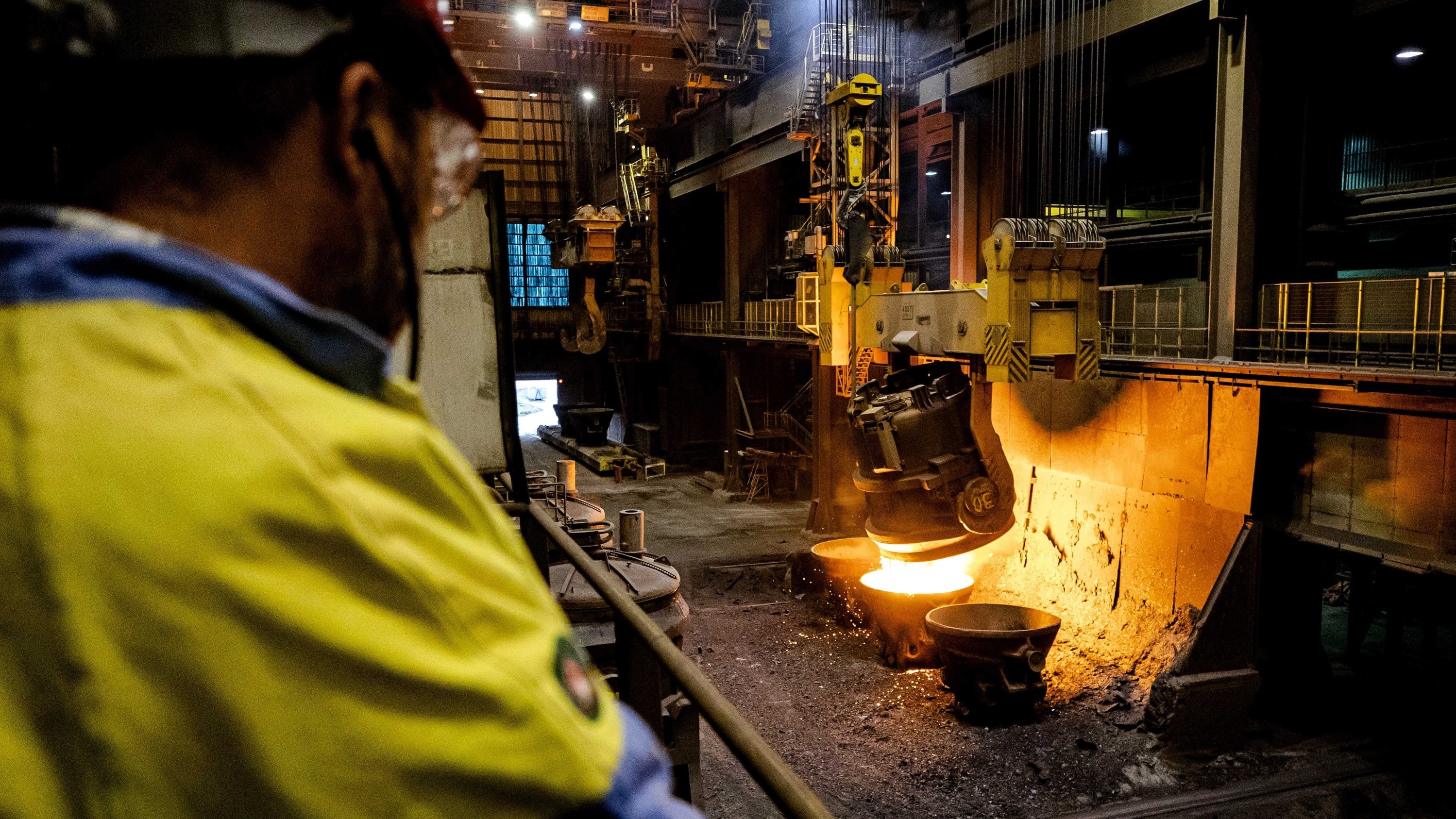Trade distortion and protectionism
US-EU steel agreement is no victory for free trade – and that’s fine
Published 01 November 2021
The agreement to lift Trump-era punitive tariffs on steel and aluminum imported from the EU reflects a tacit recognition: the idealized world of free trade we hoped to create in the aftermath of the Second World War was unrealistic at best – even for the closest trade partners. This acknowledgment will bring us closer to a more reality-based approach to trade.
Trade supporters are welcoming the agreement just reached between the US and the EU to remove Trump-era punitive tariffs on steel and aluminum imports from the EU. These tariffs were emblematic of the wrongheaded protectionist policies pursued by the former US President, at least according to critics.
However, while the US-EU deal is viewed as a refutation of Trumpian policies and a step towards freer trade, in fact, it is neither.
According to the reported terms of the deal, the European Union will be allowed to ship 3.3 million metric tons of steel annually into the United States duty-free. Exports above that level would be subject to a bruising 25% tariff. In return, the EU will remove its retaliatory tariffs on US products ranging from orange juice to motorcycles and will forego additional tariffs scheduled to take effect in December.
The steel and aluminum tariffs were originally put in place by the Trump administration in 2018 on the basis of national security concerns that many felt were a thin pretext for protectionism. The issue quickly became a major bilateral flashpoint and helped precipitate a sharp decline in transatlantic relations.
Managed trade, not free trade
At its core, the US-EU steel agreement is classic managed trade, in which government officials rather than market forces determine the “correct” level of imports. As a point of reference, the limited allotment of 3.3 million metric tons of annual duty-free entry is well below the 4.8 million metric tons of steel the US imported from the EU before the Trump tariffs were put into place.
Managed trade was a defining feature of the Trump administration’s policy. Under this approach, trade outcomes are a function of the leverage you bring to the negotiating table. The most noteworthy example achieved during Trump’s term was the US-China Phase One deal. That agreement obligated China to purchase fixed dollar amounts of certain US products, hammered out in government-to-government negotiations. China has not met these commitments.
Of course, managed trade offends the sensibilities of many free market and free trade advocates, for obvious reasons. Indeed, in some respects, managed trade is the antithesis of free trade. However, the simple truth is that free trade has never existed and never will. The global trade system is crisscrossed with a web of barriers, preferences, restrictions, subsidies, and a multitude of other trade-distorting policies and practices too numerous or too opaque to count. Moreover, these trade distorting policies are rising rather than declining.
The real world, therefore, bears little resemblance to the idealized world of free trade that has been neatly sketched out in economic textbooks. A collective unwillingness or inability to sufficiently grasp the vast gulf between the two has had consequences. The global trade system has derailed in recent years partly because too many policies have been geared towards the world that we aspire to rather than the world we have. Overly rigid adherence to unrealistic free trade orthodoxy frequently produced lopsided outcomes that fueled an intense backlash against trade.
In far too many instances, trade is no longer able to deliver mutual benefit. If the rules-based trade system is judged incapable of producing mutually beneficial outcomes, countries will no longer play the game. They will opt instead to achieve the desired results through negotiation, as the US and EU have just done. Some will cheer this seeming abandonment of hopes for textbook free trade; others will bemoan it. In any event, a recalibration of our approach to trade is underway.
US and EU opt for realism
The US and the EU have pragmatically and sensibly resolved a problem which had unnecessarily vexed their relationship. On that basis alone, it is a job well done, especially given their need to cooperate across a wide gamut of issues ranging from climate change to security and public health. But let’s be clear-eyed. The agreement is not a step towards freer trade nor is it a rebuke of Trumpian protectionism. Quite to the contrary, it is an affirmation of Trump’s approach to trade. Tellingly, one candid US industry representative said the agreement “maintains the effectiveness” of the Trump tariffs.
The US-EU agreement reflects a tacit recognition that the idealized world of free trade we hoped to create in the aftermath of the Second World War was unrealistic at best - even for the closest trade partners. Acknowledging that might bring a twinge of disappointment, but it also brings us closer to a more reality-based approach to trade.
© The Hinrich Foundation. See our website Terms and conditions for our copyright and reprint policy. All statements of fact and the views, conclusions and recommendations expressed in this publication are the sole responsibility of the author(s).





